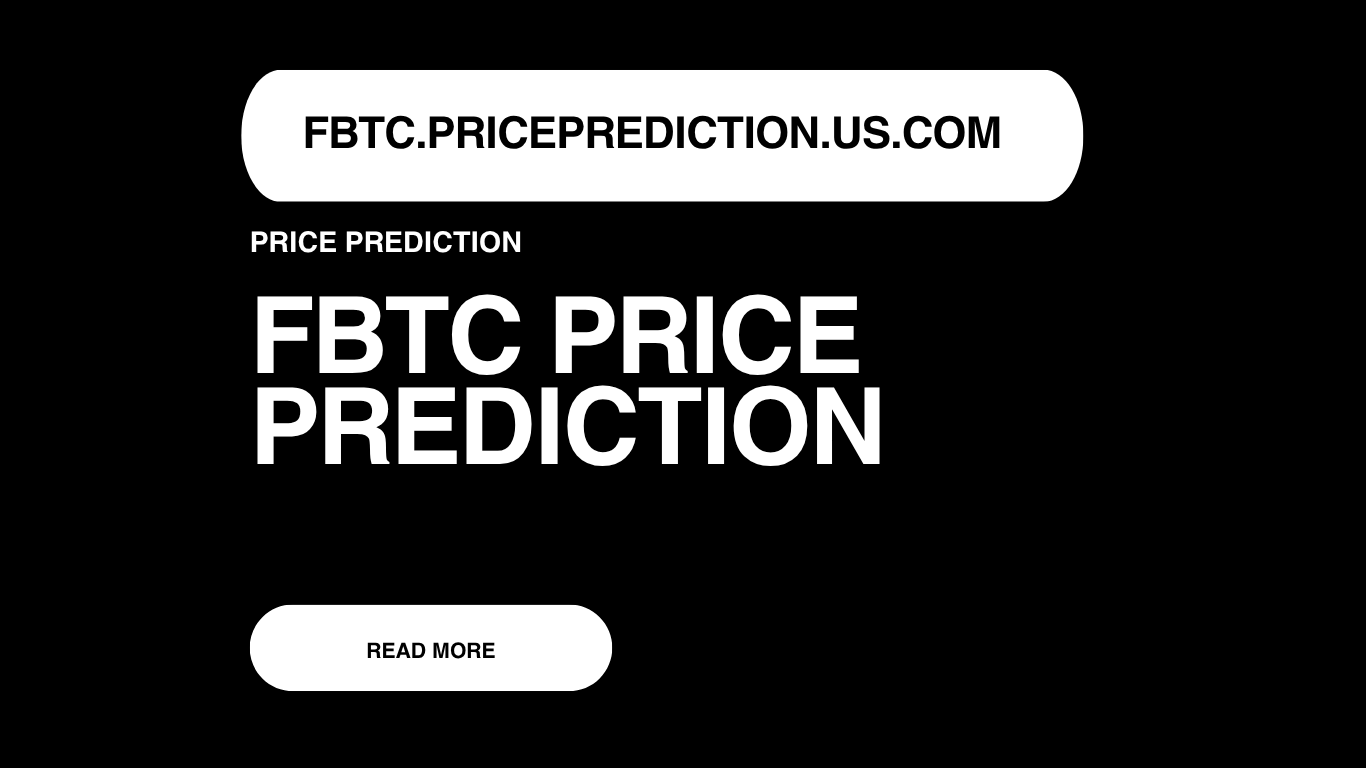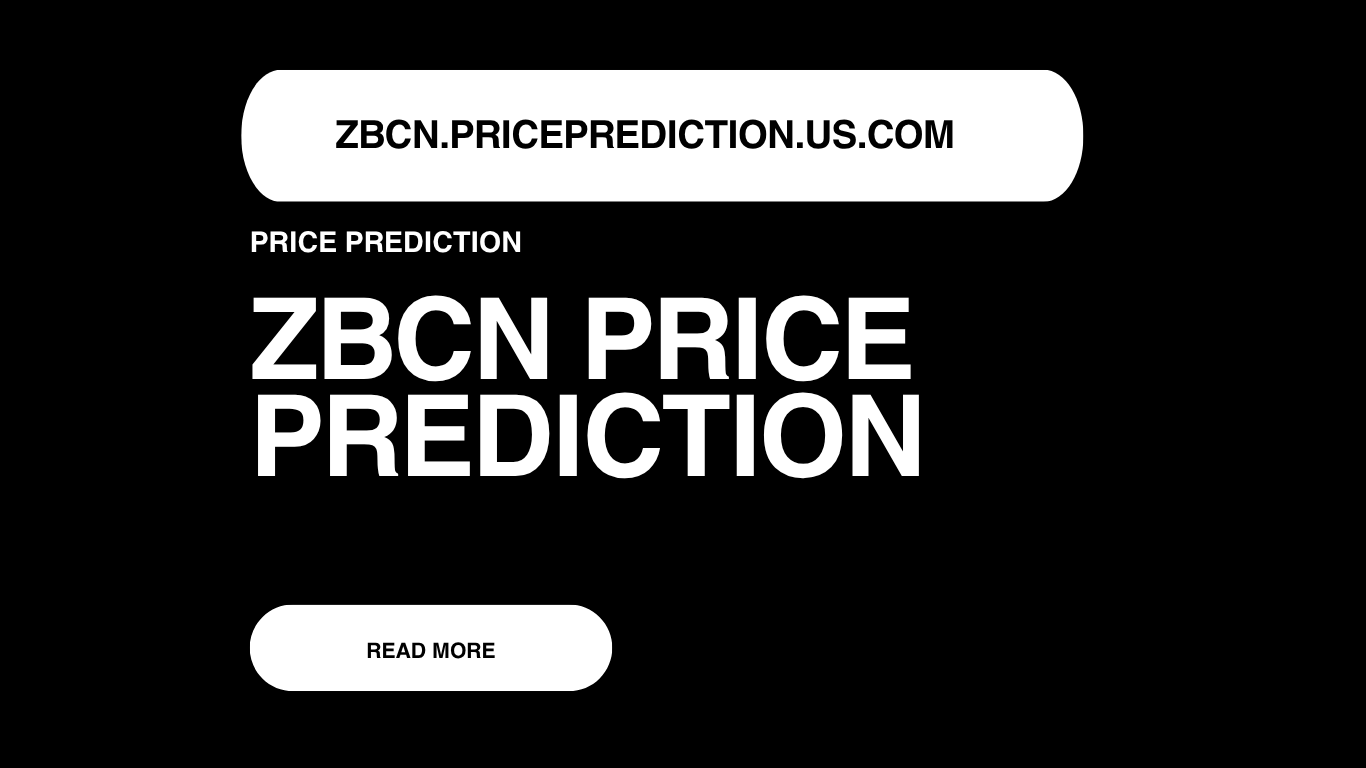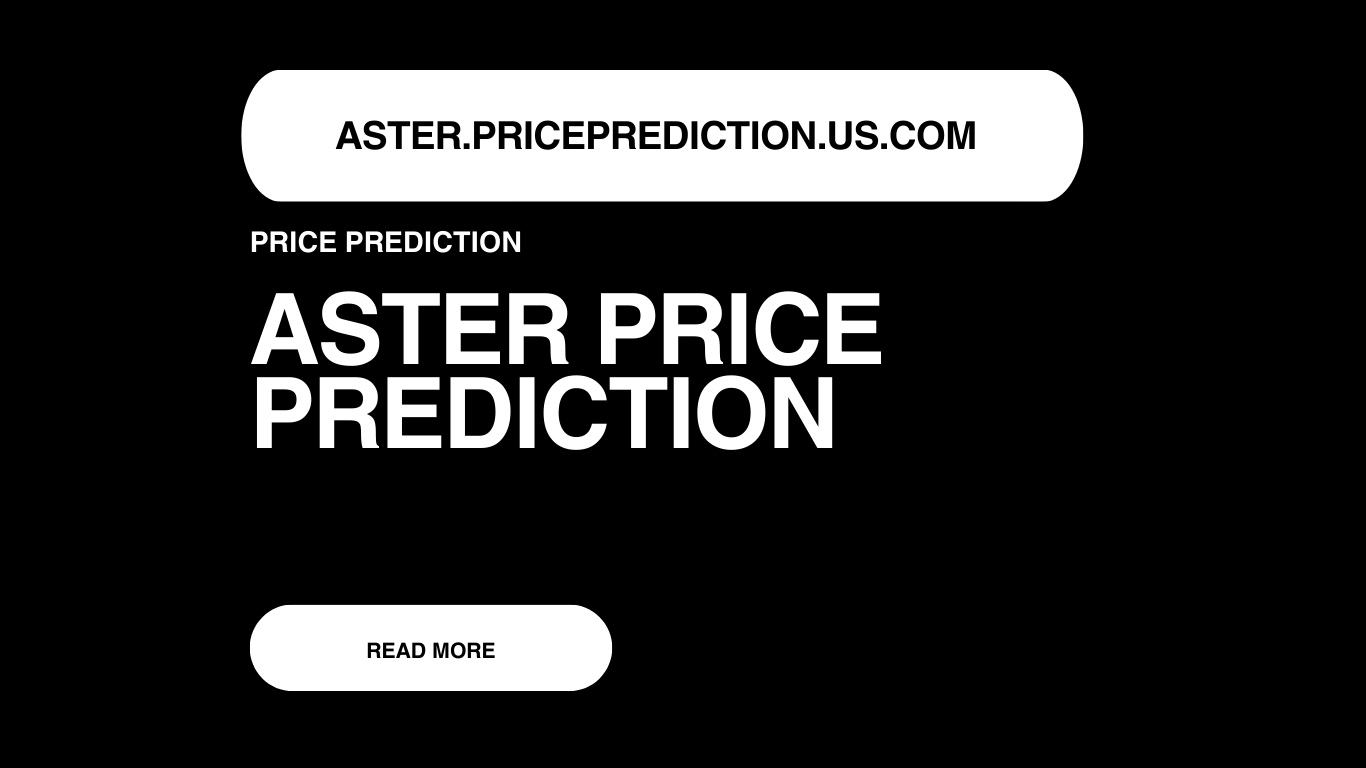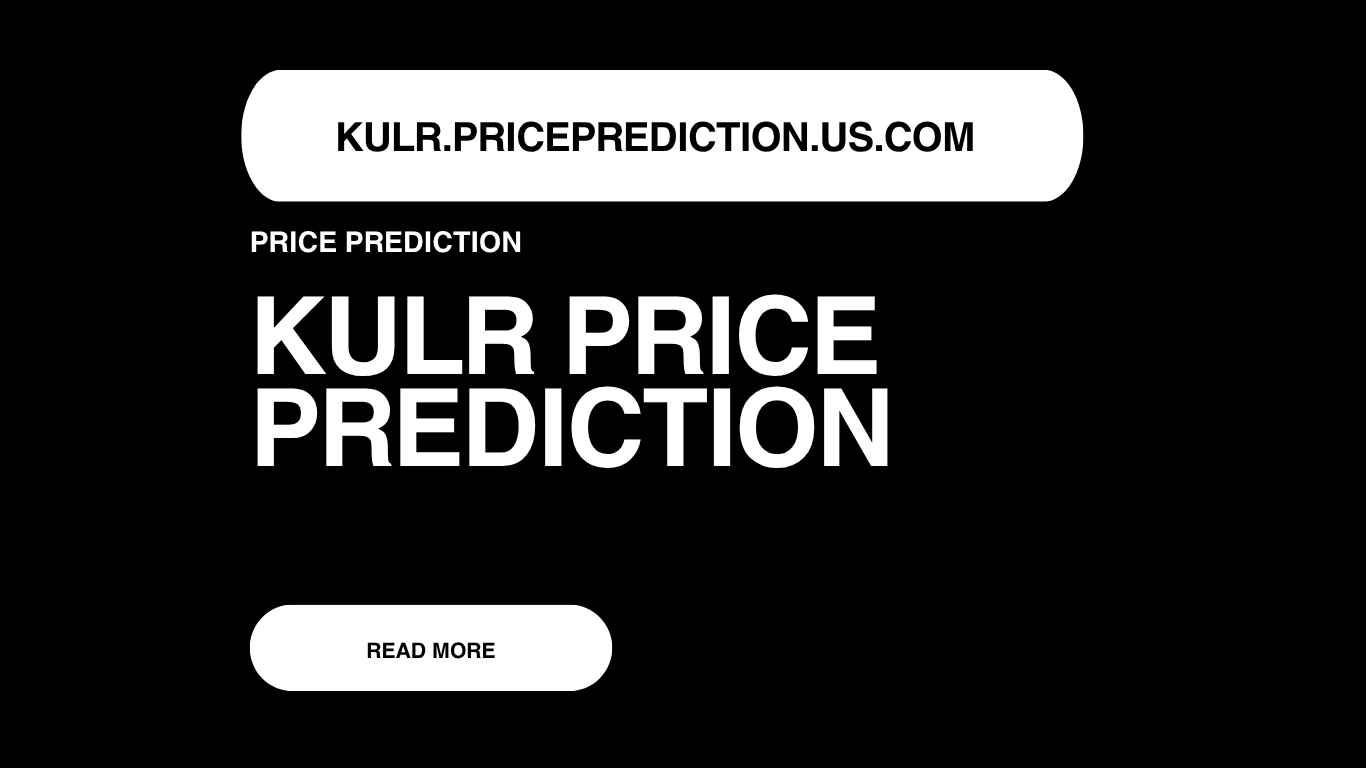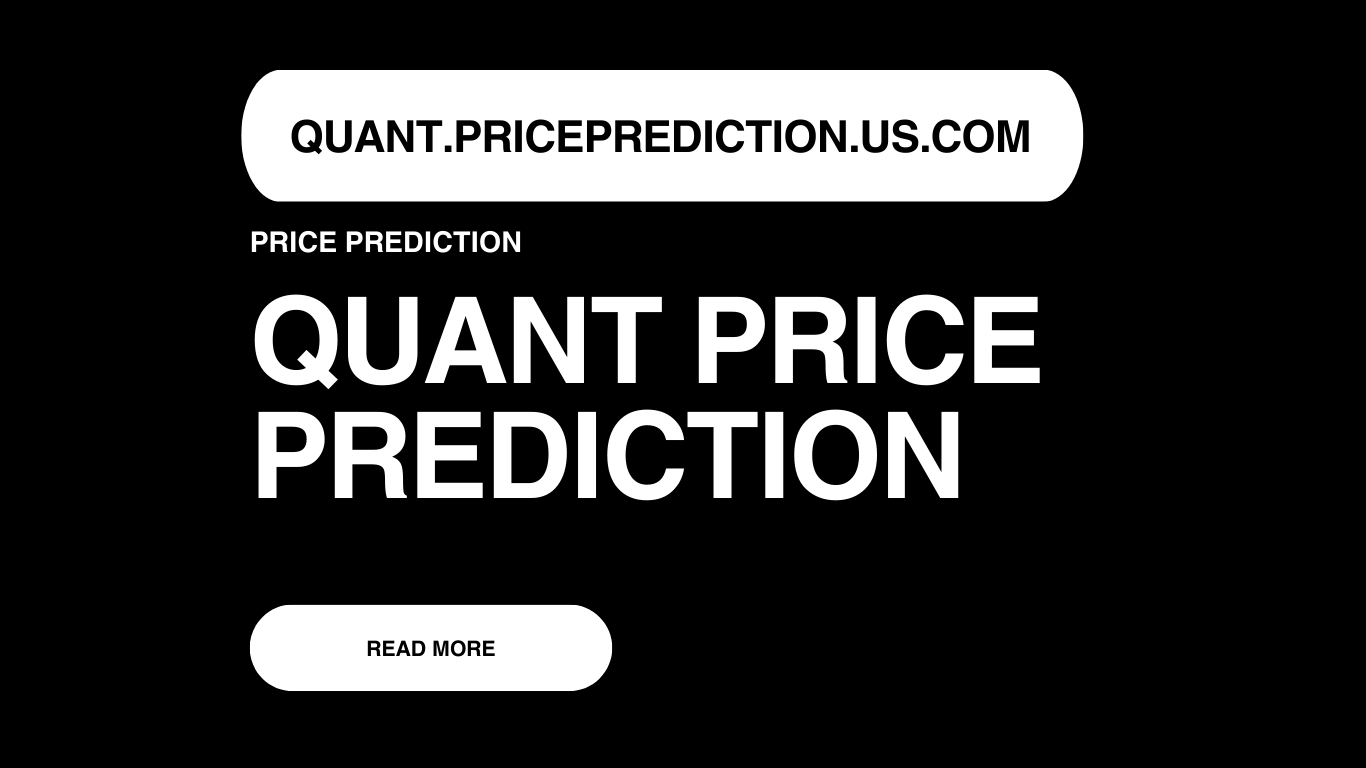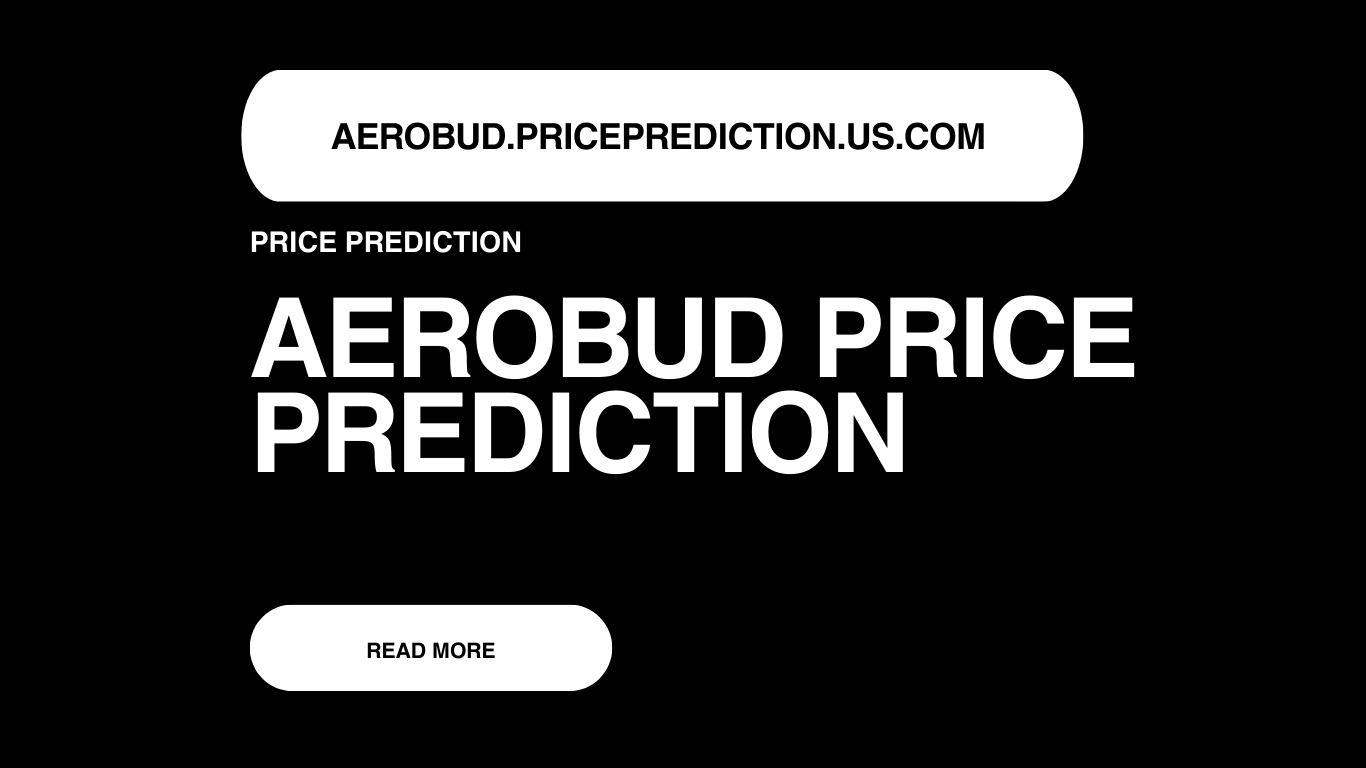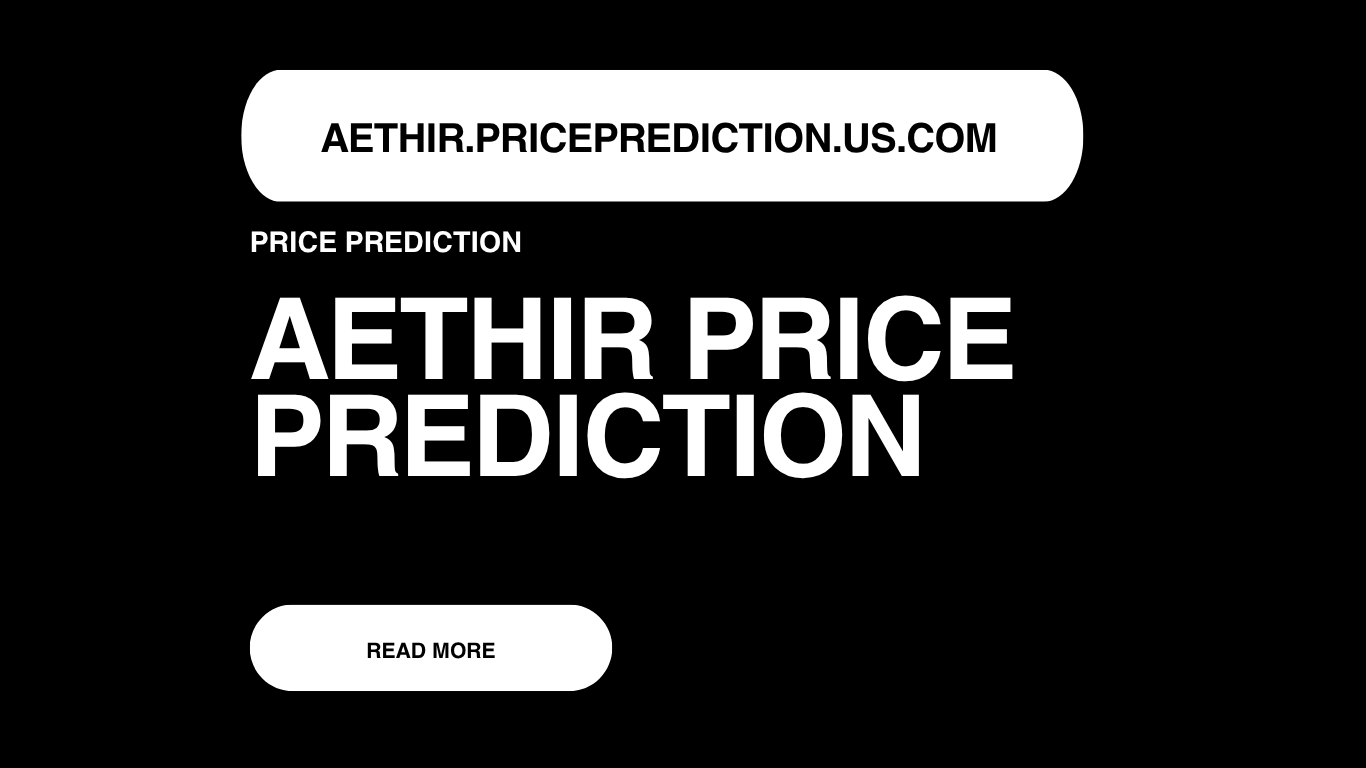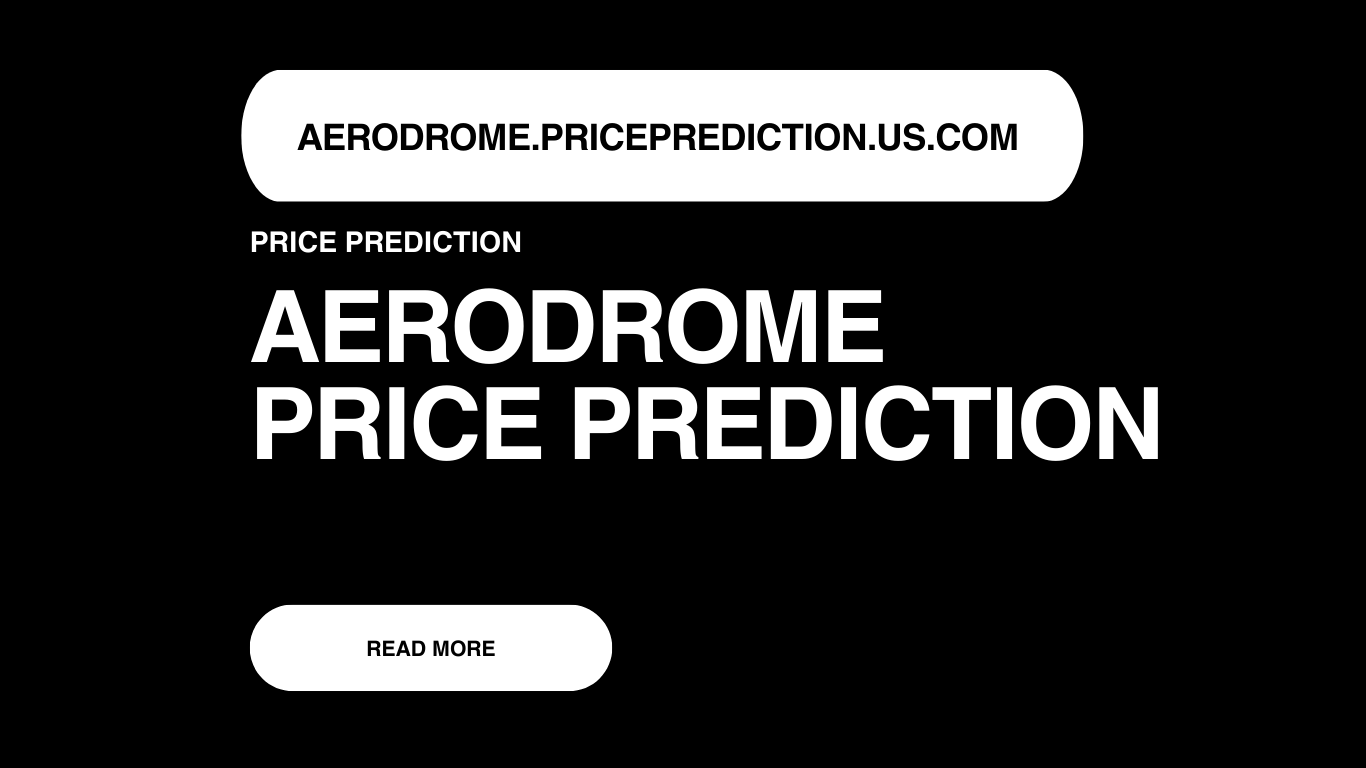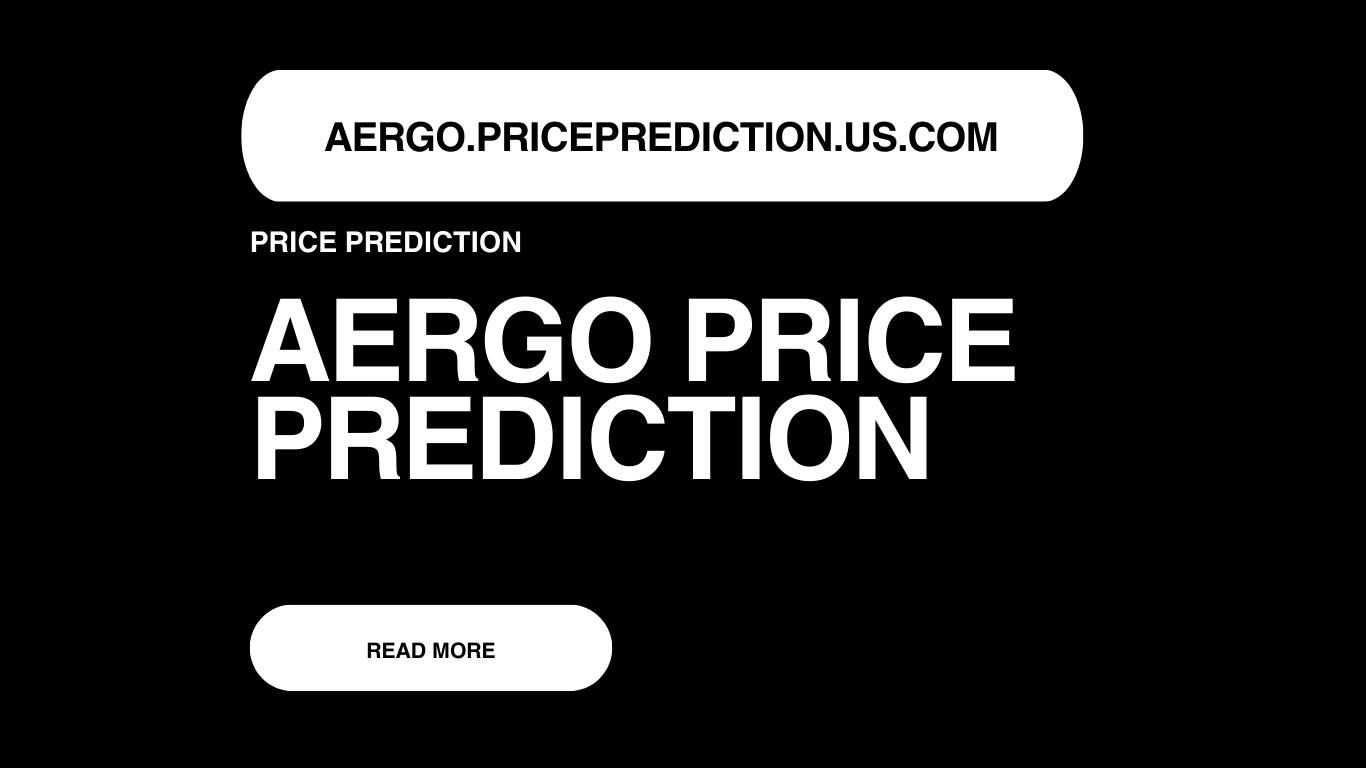FBTC—short for Fractional Bitcoin—represents a tokenized form of Bitcoin created for ease of transfer, utility in DeFi ecosystems, and broader accessibility across blockchains. As traditional Bitcoin holders often face limitations in using BTC on smart contract platforms, FBTC bridges that gap.
With the growing trend of tokenized assets and Bitcoin’s increasing institutional interest, FBTC is gaining traction. But what’s next for its price? Can FBTC move in lockstep with BTC, or will it carve out its own trajectory in the DeFi world?
Let’s dive deep into the technical patterns, market sentiment, and potential milestones to understand the future of FBTC.
Current Price of FBTC
As of now, FBTC trades at closely mirroring the value of Bitcoin. However, differences in liquidity, chain-specific premiums, and demand in DeFi protocols can sometimes influence its micro-valuation.
FBTC has become a choice for users on Layer-2 platforms and sidechains who seek exposure to Bitcoin without leaving decentralized ecosystems.
Technical Analysis
- Price Movement: Since FBTC is a 1:1 wrapped asset tied to BTC, its price action heavily follows Bitcoin.
- Momentum Indicators: RSI sits around 55—neutral but leaning bullish, hinting at healthy interest without overextension.
- Trend Bias: Strong bullish trend aligning with BTC’s ongoing institutional adoption.
Though technically derivative, FBTC’s market health depends on the strength and stability of the protocol backing its peg and the ecosystems using it.
FBTC Price Prediction 2025
Assuming continued Bitcoin growth, FBTC could track closely and be valued around $140,000 by 2025. Its use in Layer-2 ecosystems could offer additional utility beyond just being a store of value.
FBTC Price Prediction 2026
With potential BTC ETF adoption growing globally and FBTC integrations in DeFi lending protocols, the token could reflect a BTC price of $96,000 in 2026. Its use on fast chains would improve liquidity and demand.
FBTC Price Prediction 2027
As BTC scarcity becomes more pronounced post-halving and DeFi matures, FBTC could rise to $115,000. As a wrapped asset, it may also be eligible for DAO-controlled incentive programs, further boosting its use.
FBTC Price Prediction 2028
By 2028, if major real-world assets (RWAs) and tokenized treasuries anchor to Bitcoin collateral, FBTC could see adoption in large-scale protocols, pushing its price to $135,000.
FBTC Price Prediction 2029
In a fully tokenized financial world where every major chain supports FBTC, the token could reflect a BTC value of $250,000, driven by both speculative holding and actual use in global transactions.
FBTC Price Prediction 2030
Assuming geopolitical hedging via Bitcoin becomes standard, FBTC—representing decentralized, portable BTC—might be priced at $172,000, in line with macroeconomic shifts and increased tokenized liquidity.
FBTC Price Prediction 2035
With Bitcoin's total supply capped and institutional ownership widespread, FBTC could reflect a BTC valuation of $450,000. If used in cross-border settlements, FBTC could become the digital dollar’s counterpart.
FBTC Price Prediction 2040
By 2040, in a digitally native economy with full blockchain interoperability, FBTC might be trading at $740,000, maintaining its peg to BTC but used across DeFi, insurance, and derivatives markets.
About FBTC
FBTC (Fractional Bitcoin) is a wrapped or tokenized version of Bitcoin that lives on non-native chains such as Ethereum, Arbitrum, or Solana. It allows users to engage with BTC in decentralized applications—staking, lending, farming—without leaving the DeFi ecosystem.
Wrapped BTCs like FBTC rely on custodians or smart contracts to lock real BTC and issue a corresponding tokenized version. This bridges the usability gap of Bitcoin in Web3.
Frequently Asked Questions (FAQ)
Is FBTC the same as Bitcoin?
No, it represents Bitcoin but exists as a token on another chain. It’s pegged 1:1 but used in decentralized environments.
Can the FBTC price differ from BTC?
Yes, slight premiums or discounts may occur due to liquidity, fees, or wrapping/unwrapping timeframes.
Is FBTC safe?
It depends on the protocol backing it. The peg must be transparent and audited for user trust.
Bullish and Bearish Patterns
Bullish Indicators:
- BTC ETF adoption boosts wrapped Bitcoin demand
- DeFi protocols adding FBTC as collateral
- Seamless use across multiple chains
Bearish Indicators:
- Custodial risks with wrapped assets
- Limited direct utility if DeFi slows down
- Peg deviation due to liquidity issues
Future Trends for FBTC
- Cross-chain liquidity bridging solutions
- Increased institutional use of wrapped BTC assets
- DAO-governed FBTC minting and burning mechanisms
- On-chain collateralized derivatives using FBTC
- Gasless transactions with FBTC on Layer-2s
Tokenomics of FBTC
- Total Supply: Dynamic (based on BTC locked)
- Circulating Supply: ~Matches total minted FBTC
- Peg Ratio: 1:1 with Bitcoin (BTC)
- Backing Asset: Native BTC held in custody or contracts
- Utility: Lending, staking, DeFi collateral, swaps
- Supported Chains: Ethereum, Arbitrum, BNB Chain, Solana (varies by protocol)
- Custody Mechanism: Varies by issuer (centralized or decentralized)
- Liquidity Pools: Paired with stablecoins or ETH on major DEXs
- Smart Contract Audits: Crucial for trust and security
- Minting/Burning Process: Transparent, often DAO-controlled or custodian-managed
Roadmap
- 2025: Expansion to new chains like zkSync and Base. Enhanced mint/burn automation. New liquidity farming pairs on Layer-2s
- 2026: Native integration into major DeFi lending protocols. Collateral support on DAO treasuries. Fiat on-ramps for FBTC purchases
- 2027: Cross-chain bridge improvements. FBTC staking derivatives. Introduction of FBTC-based RWAs
- 2028: Real-time settlement layer integrations. Launch of privacy-preserving wrapped BTC. Institutional custody APIs
- 2029: FBTC-backed synthetic stablecoins. DAO insurance pools using FBTC. Integration with real-world payment systems
- 2030: Multi-chain settlement layer for wrapped Bitcoin. Smart contract automation for FBTC flows. Corporate treasury adoption
- 2035: Quantum-resistant FBTC upgrades. Decentralized finance identity using FBTC
- 2040: Cross-border taxation and compliance layer integration

